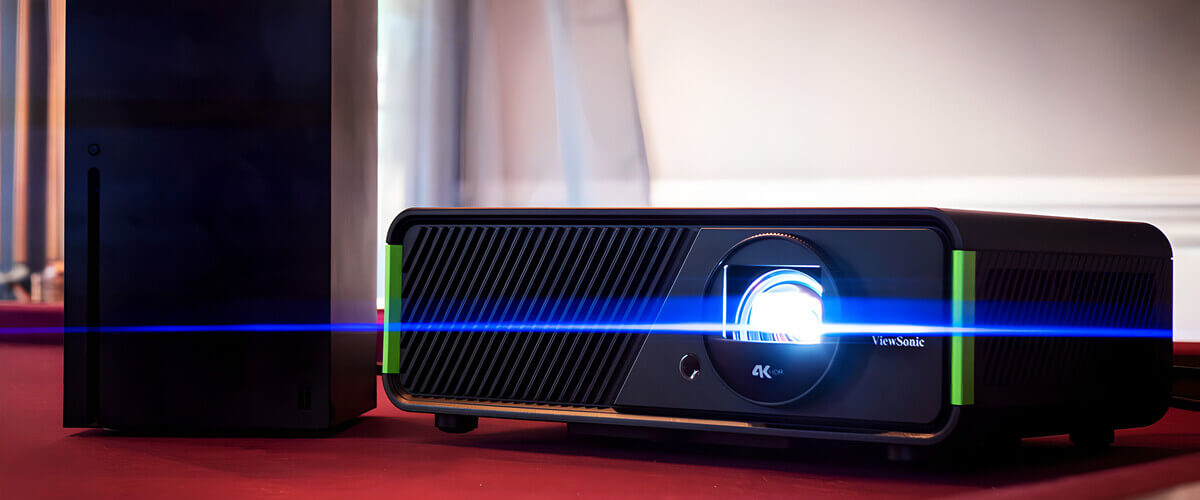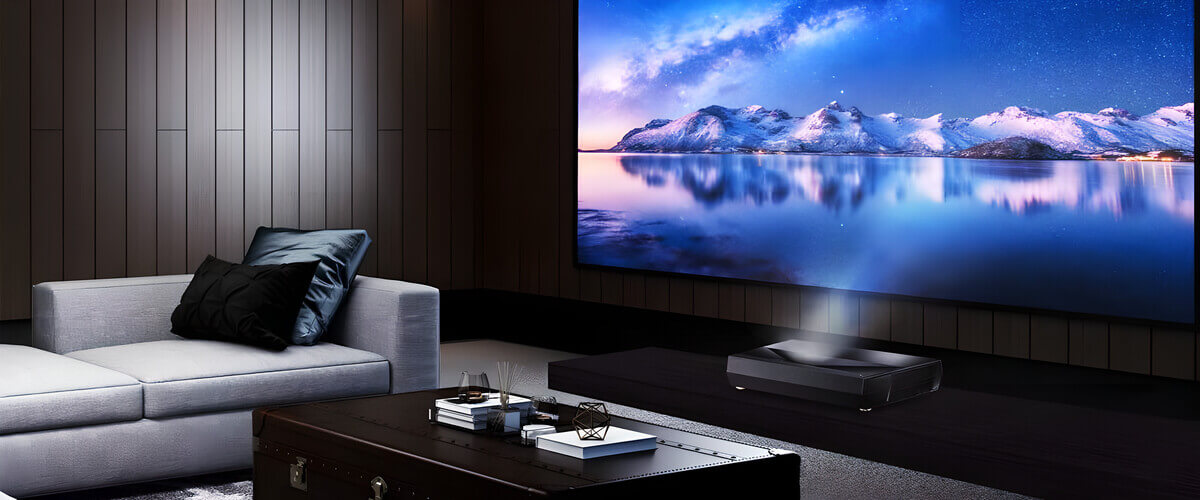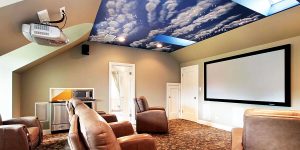So you’re in the market for a new projector, and you’ve come across the term “projector lumens”, wondering what it’s all about. Trust me, this is one specification you don’t want to overlook. Lumens measure the projector’s brightness, dictating how clear and vibrant your visuals will be. Whether planning a high-stakes business presentation or a movie marathon with friends, understanding lumens will ensure you get the best bang for your buck. Let’s dive into this important aspect so you can make an informed decision.
Understanding lumens

Based on my experience, I can assure you that the term “lumens” often pops up as a defining feature when it comes to projectors. But what exactly are lumens, and how do they affect the quality of your projections? Let’s break down this concept into bite-sized pieces to give you a clear understanding.
Definition and Technical Explanation of Lumens
In the most basic sense, a lumen is a unit of luminous flux, a measure of the total “amount” of visible light emitted by a source per unit of time. Imagine it as a bucket of light; the more lumens, the more light you’ve got in that bucket. For projectors, the lumens rating indicates the brightness of the light that projects your video or image onto a screen.
How Lumens Relate to Brightness
So, how do good lumens translate into the brightness of a projected image? Simple:
- Higher lumens = Brighter Display: Projectors with a higher lumen count will produce brighter, more vibrant images.
- Lower lumens = Dimmer Display: A projector with lower lumens will create a dimmer image, which might suit darker rooms but not bright environments.
In essence, lumens directly relate to how well you’ll see the details and colors of the projected image, particularly in varying lighting conditions.
Lumens vs ANSI Lumens
You might have come across the term “ANSI lumens” while shopping for projectors. ANSI lumens is a standard established by the American National Standards Institute, ensuring that all projectors are tested and rated in a uniform manner. It’s a more reliable measure than just “lumens,” which can be calculated differently by various manufacturers.
| Lumens | ANSI Lumens | |
|---|---|---|
| Reliability | Varies by manufacturer | Standardized |
| Brightness | Subjective | Objective, verified |
Understanding the difference between lumens and ANSI lumens can help you make a more informed decision, ensuring that you’re comparing apples to apples when shopping for your next projector.
Factors to consider when determining lumen needs
Selecting the right projector isn’t just a matter of opting for the highest lumen count you can find. Various factors influence the number of lumens you’ll actually need for an optimal viewing experience. Let’s delve into these considerations.
Room Size and Ceiling Height
- Smaller rooms: A lower-lumen projector may suffice in a small room where the projection distance is relatively short.
- Larger rooms: For bigger spaces or rooms with high ceilings, opt for a projector with higher lumens to ensure a bright, clear image over a larger distance.
The size and height of your room can significantly impact the projector’s effectiveness.
Ambient Light Levels
- Well-lit rooms: In spaces with a lot of ambient light, you’ll want a projector with higher lumens to counteract the external brightness.
- Darker rooms: Lower lumens might be perfectly adequate if you’re working with a room that can be made very dark.
Lighting conditions should be one of your key considerations.
Purpose of Projection (Movies, Presentations, etc.)

- Movies: For home theaters, around 2,000 to 3,000 lumens often suffice for a rich experience.
- Business presentations: In a conference room with ambient light, you might need upwards of 4,000 lumens.
- Outdoor use: For projecting outside, the lumens should be even higher, sometimes exceeding 5,000.
Your use case dictates your lumen needs. Don’t overlook this aspect!
Projected Image Size
- Smaller images: If you’re projecting onto a small screen or wall space, fewer lumens are typically required.
- Bigger images: For larger projections, the number of lumens should be on the higher end to maintain image clarity and brightness.
Your intended image size will influence your choice of projector lumens.
Type and Color of the Projection Screen
- White screens: These are the most versatile and usually require fewer lumens for a bright image.
- Grey or black screens: These types absorb light and will generally require a projector with more lumens for an equally bright image.
The screen you’re projecting onto can also affect the lumens you’ll need for a vivid and bright display. By carefully considering each of these factors, you can choose the most appropriate projector with the right number of lumens for your specific needs.
Types of projectors and their luminal needs
Different types of projectors are designed for specific settings and tasks, each with its own luminal requirements. Here’s a quick rundown of typical lumen counts you might consider for various types of projectors, often summarized in a lumens chart:
Home Theater Projectors

For a cozy home cinema setup, you might be looking at projectors with a luminal range of 2,000 to 3,000 lumens. This should offer vibrant, rich visuals in a controlled lighting environment.
Business/Conference Room Projectors
In the business setting, where ambient light is more common, you’ll likely need something more potent. Aim for projectors in the range of 3,500 to 5,000 lumens for clear and visually appealing presentations.
Portable or Pico Projectors
Designed for convenience and portability, these projectors typically have lower lumen counts, ranging from 500 to 1,200 lumens. They are best suited for impromptu presentations in darkened rooms or personal viewing.
Classroom and Educational Projectors
Classrooms usually need a balance between power and price. A luminal range of 3,000 to 4,000 lumens often works well, considering the size of the room and ambient lighting from windows or overhead lights.
Large Venue Projectors
For large venues like auditoriums or outdoor events, lumens are important. Look for high-performance projectors that can go well beyond 6,000 lumens, sometimes even reaching 20,000 lumens for extremely large or bright settings.
I’m sure that with my detailed review, I’ve managed to “shed light” on this interesting but rather complicated topic. Now you have all the necessary knowledge and can make an informed decision about buying a particular projector model.

















